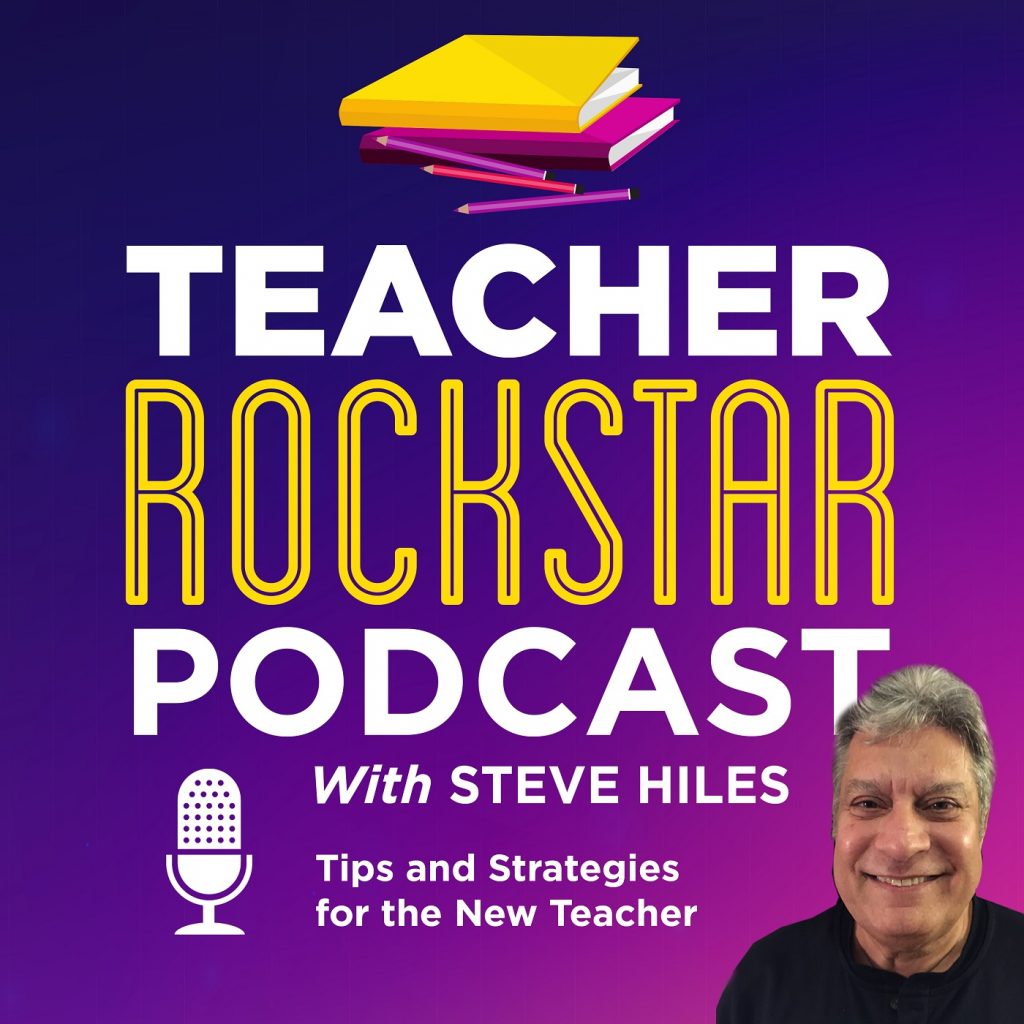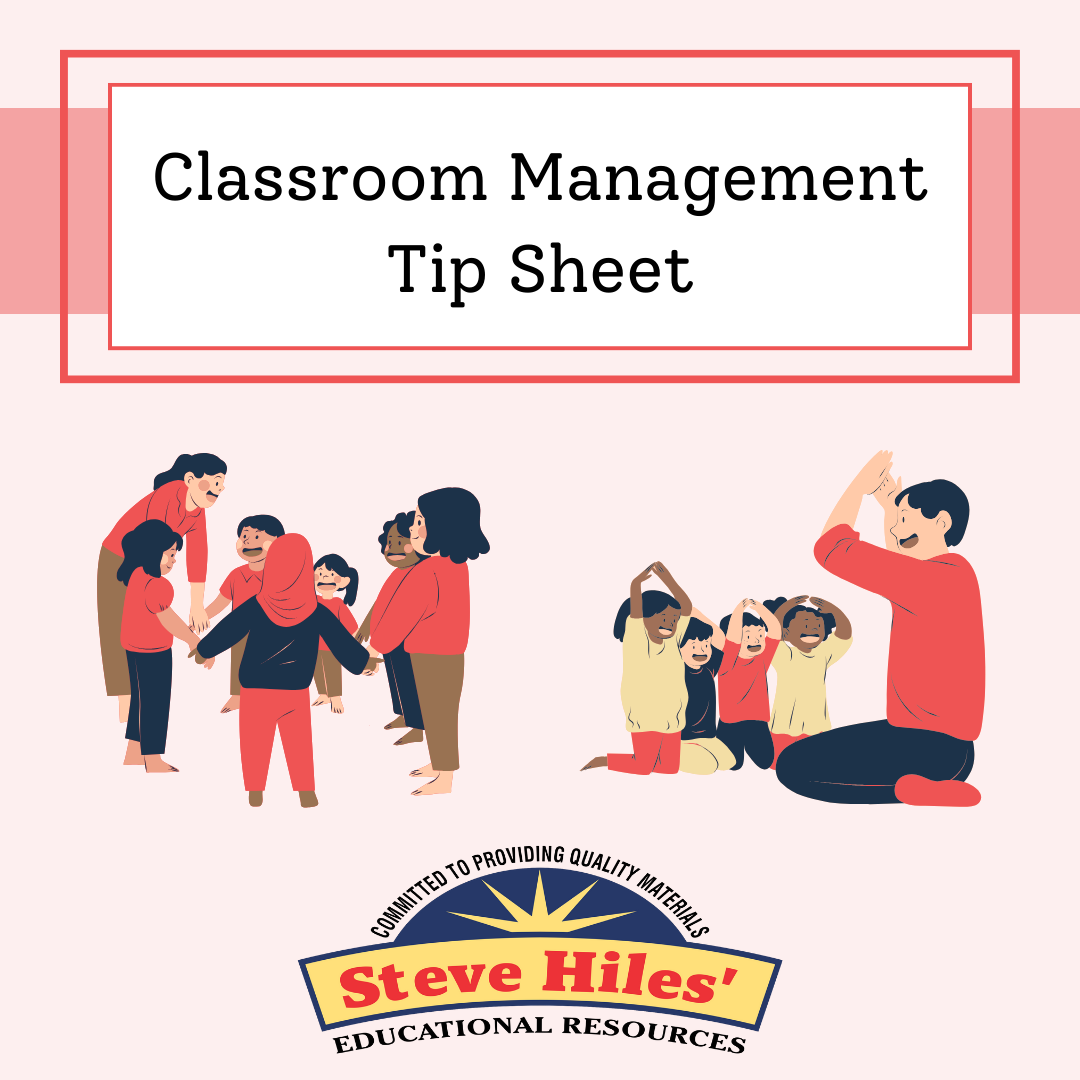I once banned a rule that made my students literally cheer. Like, no joke—round of applause, high-fives, the whole celebration. For a brief, glorious moment, I felt like the cool teacher. You know—the one who “gets it.”
The room felt electric. Light. Fun.
And then… it totally unraveled.
I’m sharing this not to scare you—but because if you’re a teacher trying to build a classroom your students love, you might be tempted to ditch this very same rule. I know I was.
And I learned something the hard way:
The rule students hate the most might just be the one that saves your classroom.
I’m not only going to reveal the rule I ditched and how it blew up in my face, but I’m also going to give you a smart, student-friendly strategy for making even the most unpopular rule stick—without becoming the villain in your own classroom story.
🎧 But first—
Picture this:
You’re on. Whiteboard marker squeaking, storytelling voice in full swing—just as you’re about to deliver that mic-drop “aha!” moment…
Whispers.
Someone’s fumbling with a pencil.
Another kid’s asking about lunch.
Now, be honest—what’s your go-to move?
Do you power through like it’s no big deal?
Pause awkwardly?
Wait them out?
That moment—right there—isn’t just a nuisance.
It’s the brick-and-mortar of your classroom culture.
Let’s talk about the rule that shapes those very moments.
The Rule That Ruffles Feathers
Alright, let’s name the villain.
The rule I’m talking about—the one that made my students groan and roll their eyes?
“No talking while the teacher is talking.”
Yep. That one.
At first glance, it seems basic—almost old-school. But let me tell you, students hate it. They test it. Constantly. And I’ll admit—I questioned it too. It felt rigid. Unfriendly. So, I tossed it.
I wanted more collaboration, more back-and-forth. I encouraged mid-lesson comments. I thought I was opening doors to engagement. But what I actually opened?
Chaos.
Directions had to be repeated. Lessons unraveled. Energy was high—but not in a productive way.
And the research backs it up. According to Classroom Management Strategies for Difficult Students, we lose up to 17% of instructional time to off-task chatter and interruptions. That’s nearly a full day of learning each week.
Turns out, the rule wasn’t the problem.
The lack of structure was.
The Power Behind the Policy
Here’s what changed everything:
I brought the rule back—but not like before.
I reframed it.
I told my students:
“This isn’t about control—it’s about respect.”
And then I modeled it.
Hand raised. Pause. Wait. Eyes on me.
We practiced it. And yeah, we messed up. But we reset—together.
After just one week?
The classroom shifted. Transitions became smoother. Students started listening without reminders. The vibe was calm… connected.
It wasn’t a power trip.
It was clarity + consistency.
That’s the kind of leadership that earns student buy-in.
How to Make It Work for You
Now, you might be wondering—how do I make this rule stick without becoming the classroom sheriff?
Here’s how:
Start with your delivery.
Don’t pitch it as a punishment.
Pitch it as a partnership.
Try saying something like:
“We learn best when we listen first and speak second.”
And then, live it.
When a student blurts out, acknowledge them—but guide them back.
Try this:
“What happens when we all talk at once?”
Then: “What happens when we wait our turn?”
Use visuals. Narrate positively. Redirect gently. Celebrate success.
Example?
“Because we followed our listening rule today, we’ve got 5 extra minutes for a game!”
You’re not enforcing silence.
You’re building a strategy for success.
Closing Thoughts
So, here’s my takeaway for you:
The rule I once ditched—thinking it was too harsh—turned out to be the exact thing that restored focus, peace, and mutual respect in my room.
“No talking while I’m talking” might sound strict…
But when it’s grounded in empathy and explained with purpose?
It becomes a shared agreement—not a command.
Adapt it to fit your style. Whether it’s a bell, a look, or a hand signal—own it.
Just remember: rules only work when they’re rooted in relationships.
When students know you’re doing it for them—not to them—they’ll rise to meet the standard.
Want More Practical Strategies That Actually Work?
If you’re ready to lead a classroom that’s structured, student-centered, and full of joy—without micromanaging every moment—check out the Teacher RockStar Academy course.
It’s packed with tools to help you manage behavior, build trust, and teach with confidence—all while keeping your personality front and center.
🔗 Bonus Read: “The Rule Students Hate That Teachers Secretly Love”
Want another take on why this rule matters more than we give it credit for? This teacher’s story hits hard—and will make you feel a little less alone if you’re struggling to enforce it.









